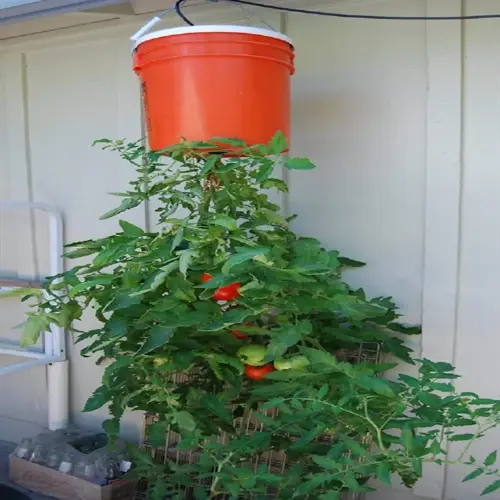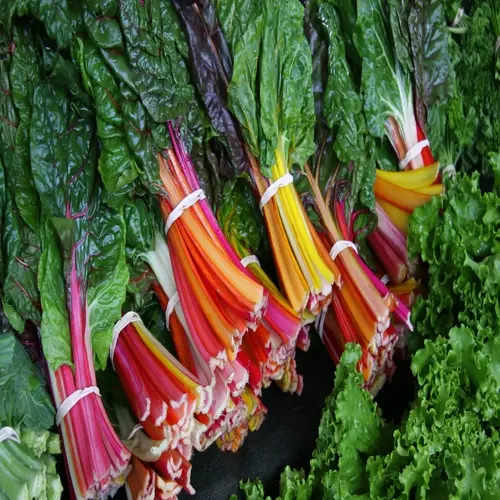How do I prevent common tomato diseases?

Written by
Benjamin Miller
Reviewed by
Prof. Samuel Fitzgerald, Ph.D.To prevent tomato diseases, you can implement preventive methods even before planting your tomatoes. Purchase disease-resistant varieties with VFNT codes, which will have built-in defenses against common threats. Rotate your planting location each year to break the cycle of pathogens, and refrain from planting tomatoes in the same location for at least three years. Smart soil preparation and watering are a critical foundation.
When selecting varieties, use the VFNT codes for maximum protection. V is for Verticillium wilt resistance, F is for Fusarium resistance, N is for nematode resistance, and T is for Tobacco Mosaic Virus resistance. Personally, I choose the codes with multiple protectants for my area. This genetic protection is often necessary, which significantly reduces our reliance on pesticides.
Water in a way that minimizes the chance of getting a foliar disease. When possible, use drip irrigation or soaker hoses that deliver water directly into the soil. Make sure to water early so that the leaves dry before nighttime. I do not overhear water at all (don't knock it 'til you've tried it). Adequate airflow between plants will also help prevent diseases. Space your plants at least 24 to 36 inches apart. Pruning the lower leaves can minimize the chance of soil splash contamination.
Pre-Planting
- Test soil and adjust pH to 6.2-6.8
- Apply compost and balanced fertilizer
- Solarize soil in hot climates
Growing Season
- Apply copper fungicide every 14 days
- Remove diseased leaves immediately
- Stake plants for better air circulation
Post-Harvest
- Remove all plant debris from garden
- Disinfect supports and tools
- Plant cover crops for soil health
Use copper fungicide preventatively every 2 weeks starting at transplanting and before any symptoms appear. Always mix according to the directions on the label. I spray early in the morning when conditions are calm. This forms a protective barrier from fungal spores. Reapply after severe rain washes it off.
Use a 3-year rotation cycle to rotate crops effectively. Avoid planting tomatoes, peppers, or eggplants in the same location twice in a row. I follow tomatoes with beans, and then I add leafy greens. This deprives soil-borne pathogens of their host plants. Ensure that you sanitize tools between seasons to prevent the spread of diseases from one season to the next.
Read the full article: How to Grow Tomatoes: Essential Steps for Success

